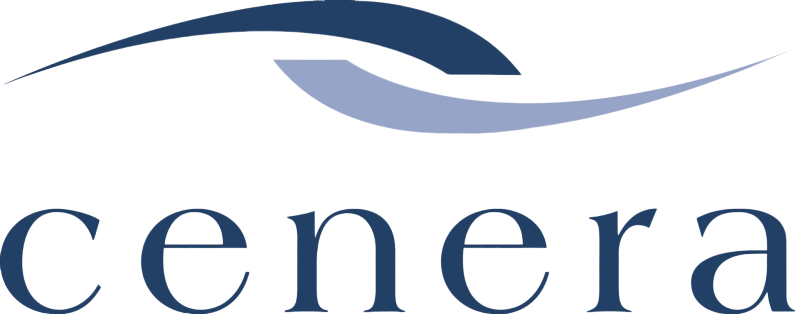Calm Clarity: A Leader's Greatest Strength in Uncertain Times
Why the steadiest voice in the room becomes the most powerful
In Uncertain Times, Calm Clarity Is a Leader’s Greatest Asset
With new tariffs in place and ripple effects threatening to disrupt everything from supply chains to organizational strategies, Canadian businesses are bracing for impact. Leaders across industries are being asked, “What does this mean for us?” - often before they’ve had time to digest the implications themselves.
It’s one of those moments when leadership is less about having all the answers, and more about how you show up.
If there’s one thing your team needs from you right now, it’s calm clarity.
The Friday That Changed Everything
Remember back to March 2020. On Friday, March 13, we were in our offices, and it was business as usual. After another busy week, we were wrapping things up and looking forward to the weekend. And then everything changed. The announcement came: we were not coming back to the office on Monday. The pandemic had arrived, and with it, total uncertainty.
There was fear - about our health, about how our clients, customers and colleagues would fare, and about how we would continue to manage our business from behind screens. There was no time to design a perfect remote work policy, no precedent to draw on.
But leadership didn’t go silent. In fact, they did the opposite.
They sent clear, concise communication, acknowledging that no one had all the answers yet. They made three things crystal clear:
We must continue to take care of our colleagues and stakeholders.
We must uphold our core values and professional standards.
We must ensure transparency and accountability in our processes and decision making.
That was it. Simple, values-driven direction in the middle of a storm.
And it worked. It wasn't smooth. It wasn't without problems, challenges, or frustrations. But...
Our work never stopped. And every day that followed, as new information, policies, and systems emerged, leadership continued to communicate clearly, calmly, and consistently - daily at minimum, often much more. It didn’t erase the uncertainty, but it created a container for people to function, adapt, and even thrive in their roles.
Leading When the Road Isn’t Clear
In a turbulent economy, what employees crave most isn’t certainty, it’s steadiness. They want to know that while the outside world may be unpredictable, their leaders are composed, transparent, and focused.
This kind of leadership builds trust. It reduces emotional reactivity. And it keeps your team moving, even when you’re navigating through a fog.
What does calm clarity look like in practice?
Acknowledge reality. Don’t minimize challenges, name them.
Share what you know. Even partial information, clearly presented, gives people something to hold onto.
Set principles. Let people know the values guiding your decisions (e.g., fairness, transparency, stability).
Keep communicating. Regular, thoughtful updates build trust, even if the message is “we’re still working through it.”
Why It Matters
According to McKinsey, during times of uncertainty, how leaders communicate can have a greater impact on employee engagement than what they communicate. Calm, transparent leaders help reduce the cognitive load on teams, allowing them to focus on what they can control, rather than spinning out in the unknown.
As the Canadian economy braces for the potential for more disruption, ask yourself:
What tone am I setting?
Am I being clear, even when I don’t have all the facts?
Am I giving people something solid to stand on—even if it’s just the next decision or value guiding our path?
Because in turbulent times, leadership isn’t about having the clearest vision of the future. It’s about being the clearest voice in the present.
